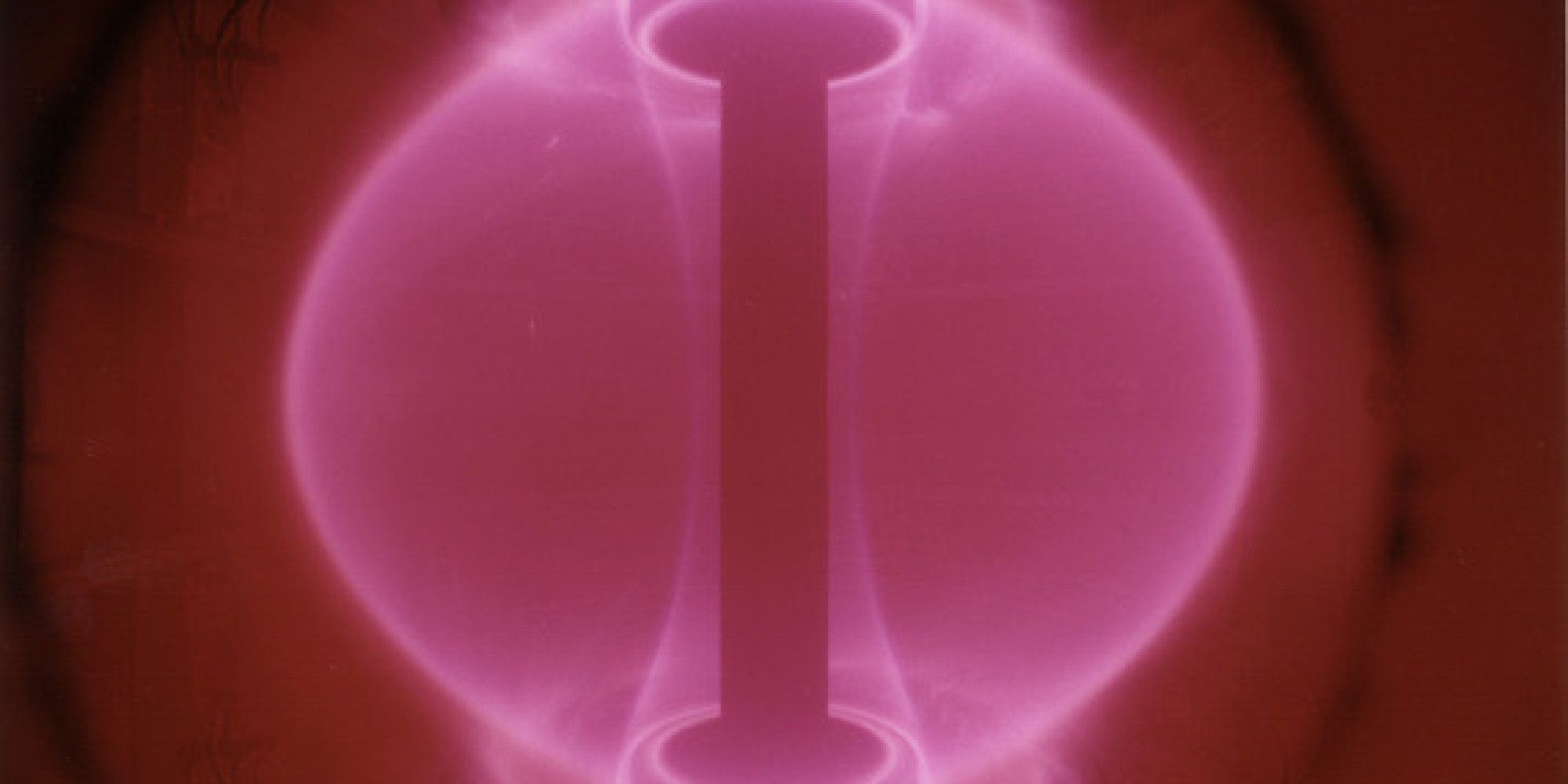Fun stuff
http://www.paintsquare.com/news/?fuseaction=view&id=15868&
Mood rings may have been a fleeting fad of the 1970s, but researchers at Vanderbilt University are using the basic concept as a means of detecting damage in failing infrastructure before it becomes critical.
An interdisciplinary research team at Vanderbilt’s Laboratory for Systems Integrity and Reliability (LASIR) is credited with developing the new sensing system, which incorporates nanoparticles in a clear polymer resin, the school announced Nov. 21.
The end result is “a smart material that changes color when it is damaged or about to fail, what I call a ‘mood ring material,’” explains civil engineering doctoral student Cole Brubaker.










